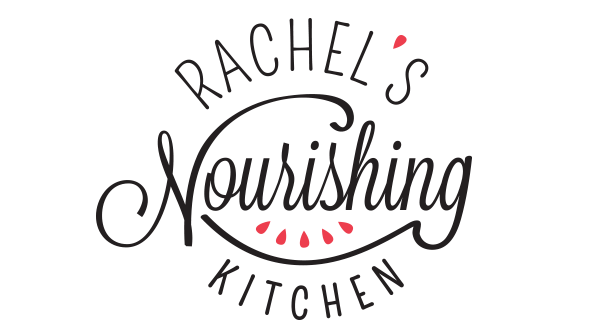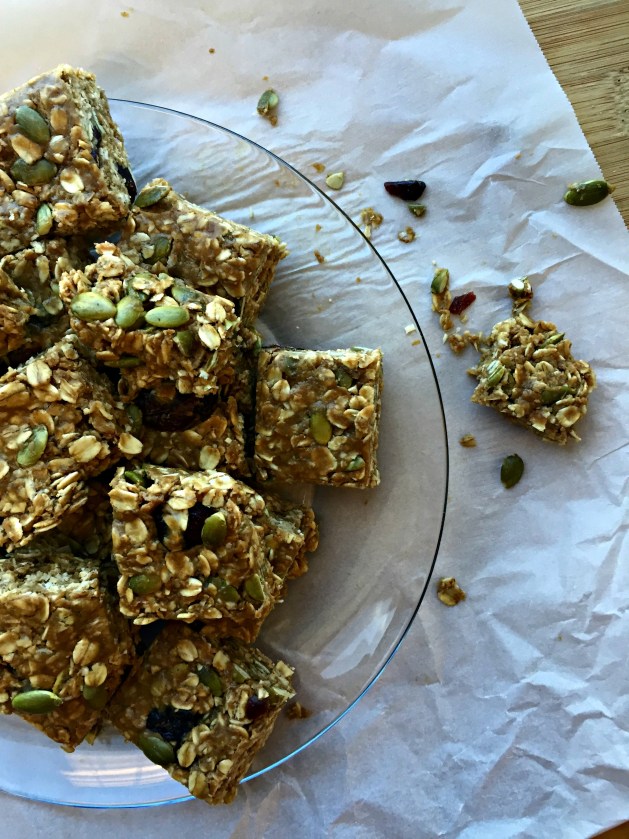*The information in this article reflects my personal EBV journey. It is not intended to be medical advice, and I am not a health care practitioner, so I cannot advise on clinical recommendations. For those, please contact Kasia Kines (linked below) or a functional medicine practitioner.
Prior to February 2017, I had never heard of Epstein-Barr Virus (EBV). I had just been diagnosed with it after being sick for four months and not knowing why.
Fast forward seven months, and I know more than I ever thought I would about EBV because of the incredible coaching and guidance I have received from my nutritionist, Kasia Kines. An acute form of mono, EBV occurs more frequently in immunocompromised people, especially after periods of prolonged or intense stress or hormonal changes. The stress that had been accumulating in my life up to that point had nowhere else to go, so it took me down for the count.
As I wrote in a previous post, EBV has been a gift, even though it has been frustrating, confusing and overwhelming to deal with. Since sharing my story, multiple people have reached out to me asking me what I did to treat the virus and quiet it. The truth is, once you get EBV, you always have it, so once it’s been activated, you have no choice but to make some changes to your lifestyle. Most people have the virus in their body but never experience its activation. I had the perfect storm of circumstances come together to turn it “on”.
I’ve since learned how to calm it down, restore my immune system and get my energy back, and that’s what I want to share with you today. I’m forever grateful to my nutritionist, Kasia, for guiding me through this healing process. If you know someone struggling with EBV, tell them to contact her!
1) Rest
This was the most important thing I did.
And one of the toughest.
I had to prioritize sleep more than ever before. In the past, I could easily get a second wind at 10pm and just keep going until midnight reading, writing or watching mindless TV. After EBV, sleep was no longer a negotiable behavior. I consistently got about nine to ten hours of sleep each night in the three or four months following the diagnosis. My body needed additional time to recover and repair itself, so I gave it what it needed. Getting inadequate sleep suppresses the immune system and can trigger a cascade of hormonal changes, which can trigger EBV reactivation.
I also gave my body a break from movement. Any physical exertion at all seemed to set me back, so that meant no exercise for several months. Gentle walks and gentle stretching or yoga every now and then seemed to be okay, but my body needed to rest in every way, including physically. It took me almost six months to recover the vigor I once I had physically, which was frustrating but necessary. Since then, if I’m feeling mentally or emotionally run down, I am more aware, and I choose to be gentle with my body and movement on those days.
I love taking epsom salt baths, started reading even more than usual, wrote in my journal A LOT, listened to music, read my devotional, and was frequently diffusing calming essential oils like lavender and frankincense.
2) Slow Down + Create Space
Yup. This sucked. I didn’t want to do it. I thought I could keep being superwoman and superhuman.
EBV was the only thing that got my attention and made me take changes to my life seriously. Hormonal changes due to stress and even that time of the month can trigger EBV, so reducing stress is super important.
Prior to the virus, I would jam pack every day and week with as much excitement as I thought I could handle. Sometimes that meant four speaking gigs in one week, often with new content. I had no idea how exhausting that was for my mind and body, even though I love speaking. I had to email my boss and our CEO letting them know the seriousness of the virus and asking for support in terms of time and staffing. I knew I had to protect my calendar, which meant no more than two speaking gigs in any week. Period.
Slowing down meant saying “no” to people, late night socializing and exciting “opportunities”, so I could take care of myself and respect my need to create space in my life.
I’m still working on this, but I am so much more aware when I’m heading in a not so good direction that I catch myself before I go off the deep end. I also started seeing a therapist to start processing and working on some of the emotional and psychological factors that cause me to run myself into the ground. I know I have a lot of emotions inside that I have not acknowledged or addressed that send me into a spiral, and I am committed to getting to the root of them, too!

3) Connect to Community
As someone who finds it easy to be alone and crawl into a hole when I’m feeling down, I’ve learned in the importance of reaching out to people and bringing them into the muck with you. I can’t tell you the number of people who were praying for me, with me, and over me during this time.
I felt like there was an army of love behind me, pleading for my healing.
There were multiple days when I was at an 8-session spiritual gifts training at my church and was so sick I just sobbed out of desperation and pain, and people weren’t repelled by it; they came closer to me. When I was at my worst, people were checking in on me, asking how I was doing, sending sweet text messages, and stopping by to see me. I’m so grateful for all of the people who loved me so well through this period of time.
If you’re going through a difficult illness, REACH OUT to people. ASK FOR HELP. BE VULNERABLE. It’s one of the best things I ever did and that lesson has stuck with me ever since. I feel closer and more connected to my friends and larger community than ever before.
What a gift.
4) Seek Therapy
One of the reasons I got into the position I did with my health was that I placed unreasonable demands on myself for years on end and didn’t listen to the signals my body was sending to me leading up to my diagnosis.
Partnering with a therapist – especially one who is a somatic therapist and trained in mind-body integration – has been one of the most helpful steps I’ve taken to heal from the ways of thinking and doing that compromised my health. Processing our thoughts, feelings and even past or recent traumas with an empathic, licensed clinician can be extremely helpful, healing and transformation.
Remember, disease often starts as dis-ease in the mind, body or soul that we ignore or suppress until our body has to shout so we will pay attention to ourselves. You can learn more about somatic therapy here. I also suggest checking out the books, The Body Keeps the Score and Permission to Feel, which are both on my recommended reading list.
5) Supplement***
Kasia was incredibly helpful and knowledgeable in this area. She was in the process of finishing her final PhD project for a degree in Functional Nutrition and had selected EBV as her topic of choice. Lucky for me! She put me on antiviral, immune-boosting, energy-restoring supplements, which I have listed below.
Exact dosages should be determined by a healthcare provider with experience with EBV.*** For that, Kasia has no equal.
- Licorice Root Extract (NOT Deglycyrrhizinated Licorice): One of the strongest anti-viral foods out there, I took this every either in the form of tea or a capsule from Vital Nutrients. Licorice root is contraindicated for people with hypertension, as it increases blood pressure. My favorite tea brand is Buddha Teas Licorice Root tea. I buy it at MOMs Organic Market.
- Selenium: strengthens and protects the nervous system; antiviral
- L-Lysine: strong antiviral amino acid
- NAC: anti-replication of the virus and cell system support (energy)
- Vitamin D3 + K2: increases energy levels and immunity, boosts mood and balances hormones; antiviral
- B-vitamin Complex: supports balanced moods, healthy energy levels, and the nervous and immune systems
- Vitamin B12 (methylcobalamin NOT cyanocobalamin – read the label): strengthens the nervous system and increases energy
- Omega-3 fatty acids: prime modulator of inflammatory hormones
- CoQ10: a natural antioxidant synthesized by the body that can improve energy production in cells
- Magnesium: anti-inflammatory for nerves; nerve calmer; reduces constipation
- Vitamin C: strengthens immune system and flushes out EBV toxins from the liver
- Vitamin A: immune system support
- Turmeric: active ingredient curcumin helps strengthen the endocrine and central nervous systems
- Probiotics: digestive system support. Make sure to get these from foods like naturally fermented sauerkraut (HEX Ferments, Farmhouse Culture, Bubbies brands). Otherwise, use a high quality probiotic with a variety of strains (at least 8 different kinds) and 10-50 billion CFUs.
A few other supplements and herbs I didn’t use that can be helpful are red marine algae, nettle leaf (get in tea form), 5-MTHF, lemon balm (tea form), elderberry, red clover, star anise, rose hip tea, cat’s claw.
***As with any health condition, especially one as serious as EBV, consult with a trusted health care provider. My choice would be Kasia!

6) Eat to Nourish and Heal the Body
Every bite I consumed was intended to calm the raging inflammation in my body and heal my digestive system. I was already dairy-free and gluten-free, which helped because gluten and dairy tend to be key triggers of autoimmune conditions and promote gut dysfunction. They tend to trigger EBV symptoms, too. I pretty much nixed sugar, alcohol, caffeine, corn (digestive irritant) and even eggs for a while because they can aggravate EBV, according to Kasia’s research.
Here are some of the main foods I consumed a LOT of because of their antiviral, anti-inflammatory, and gut-supportive properties.
Veggies: celery (whole plant and juiced), sprouts (I LOVE Potomac Sprouts Company sprouts), cilantro, spirulina, asparagus, spinach, artichokes, parsley, sauerkraut, fermented veggies, lettuces except iceberg, green beans, winter squash, zucchini, kale, sweet potatoes, cucumbers, fennel
Roots: garlic, ginger, turmeric (try this turmeric golden milk smoothie!)
Fruit: wild blueberries (try this blueberry avocado smoothie bowl), pears, bananas, red-skinned apples, blackberries, melons, raspberries, papaya, apricots, pomegranate, grapefruit
Other: coconut oil, bone broth, herbal teas made with licorice root, ginger, fennel, chamomile, nettle leaf, lemon balm, red clover or rose hips

That’s a wrap, my friends. I hope it helps you and anyone you know on a journey of healing autoimmune conditions or chronic illnesses like Epstein-Barr Virus.
Sending love and light to all of you!
*The information contained in this article reflects my personal EBV journey. It is not intended to be medical advice, and I am not a health care practitioner, so I cannot advise on clinical recommendations. For those, please contact Kasia Kines (linked below) or a functional medicine practitioner.





































